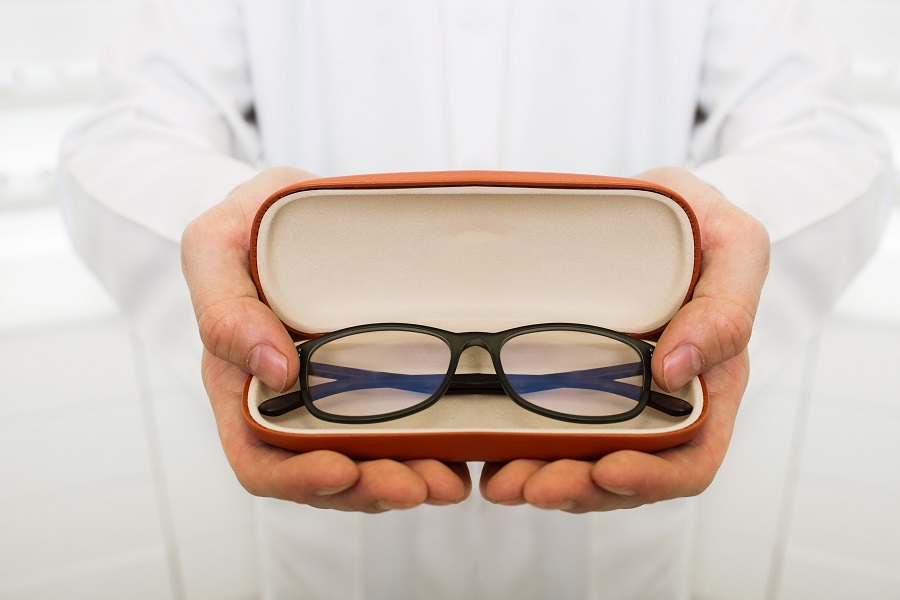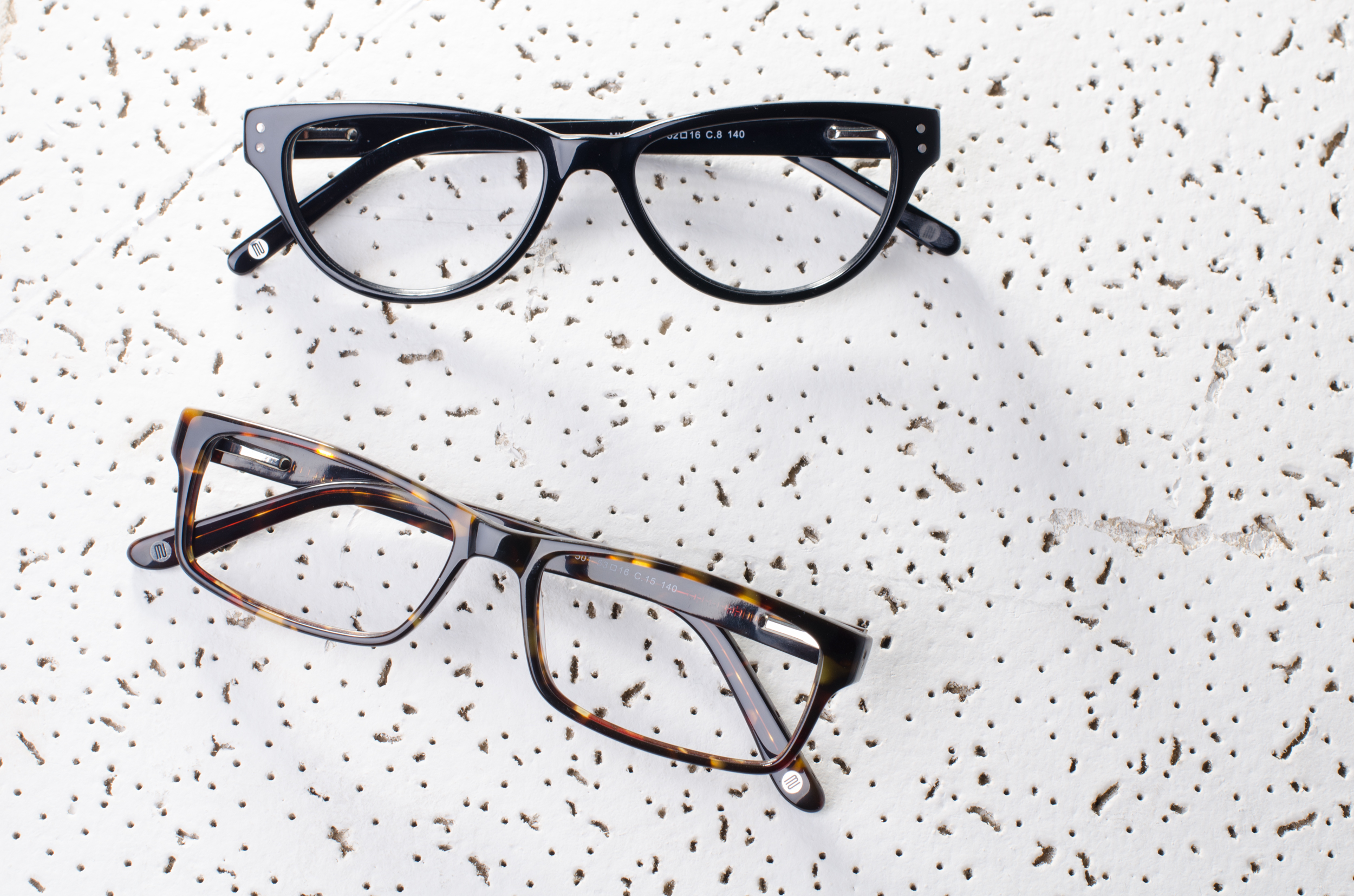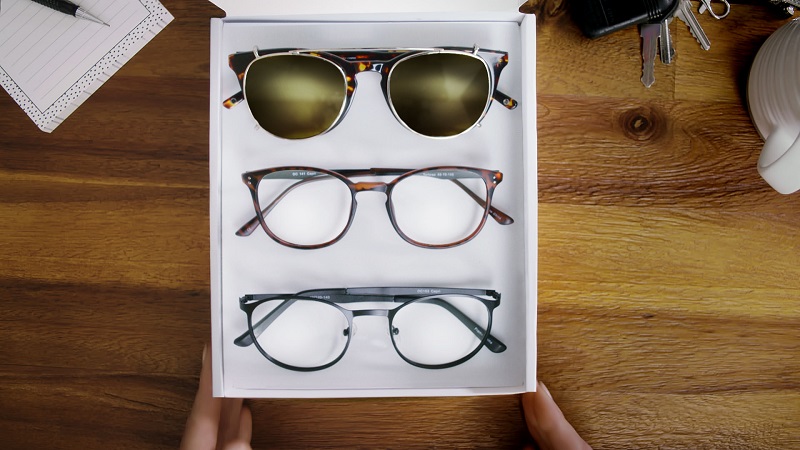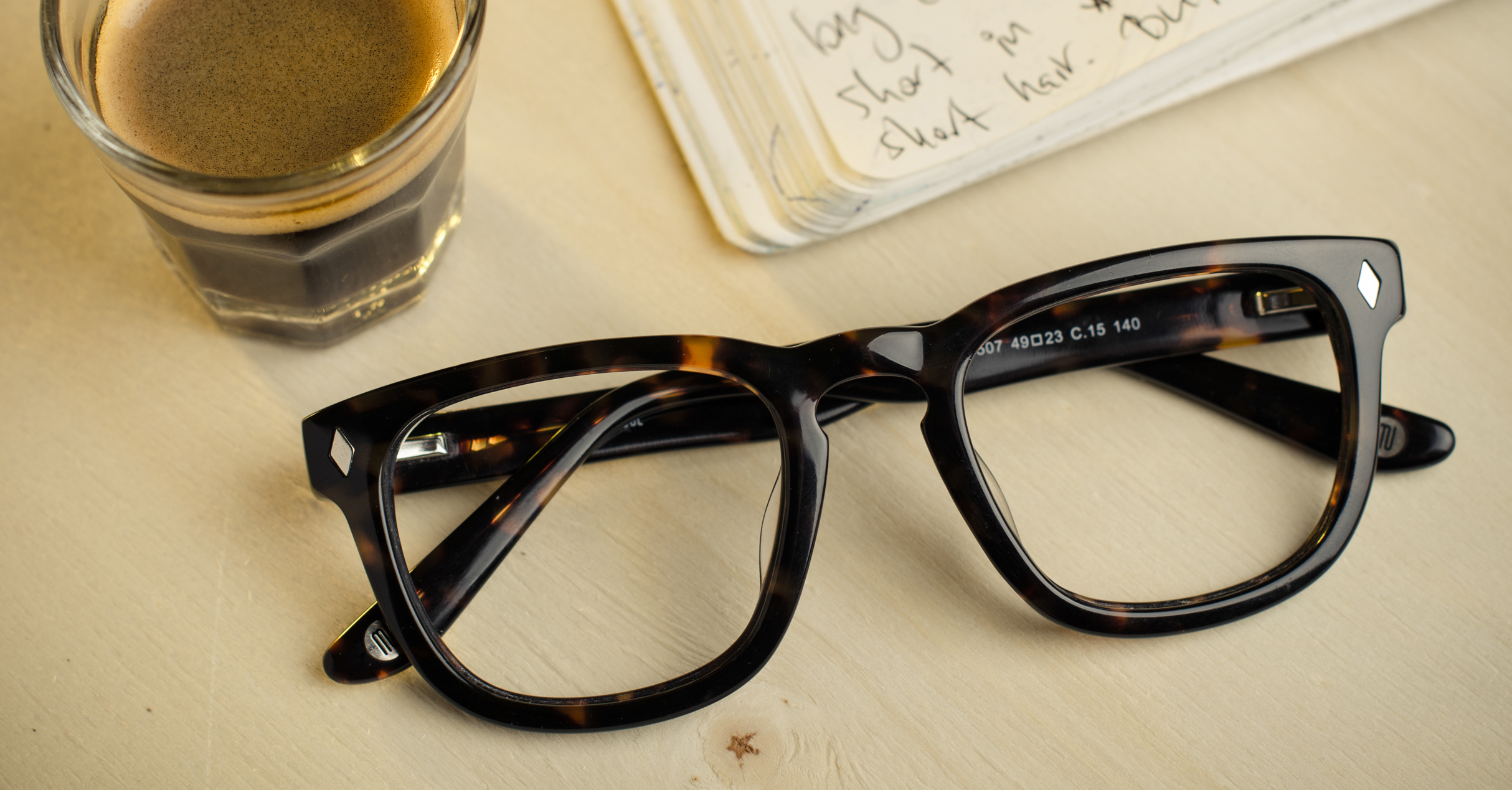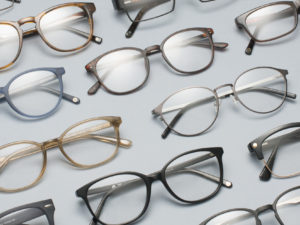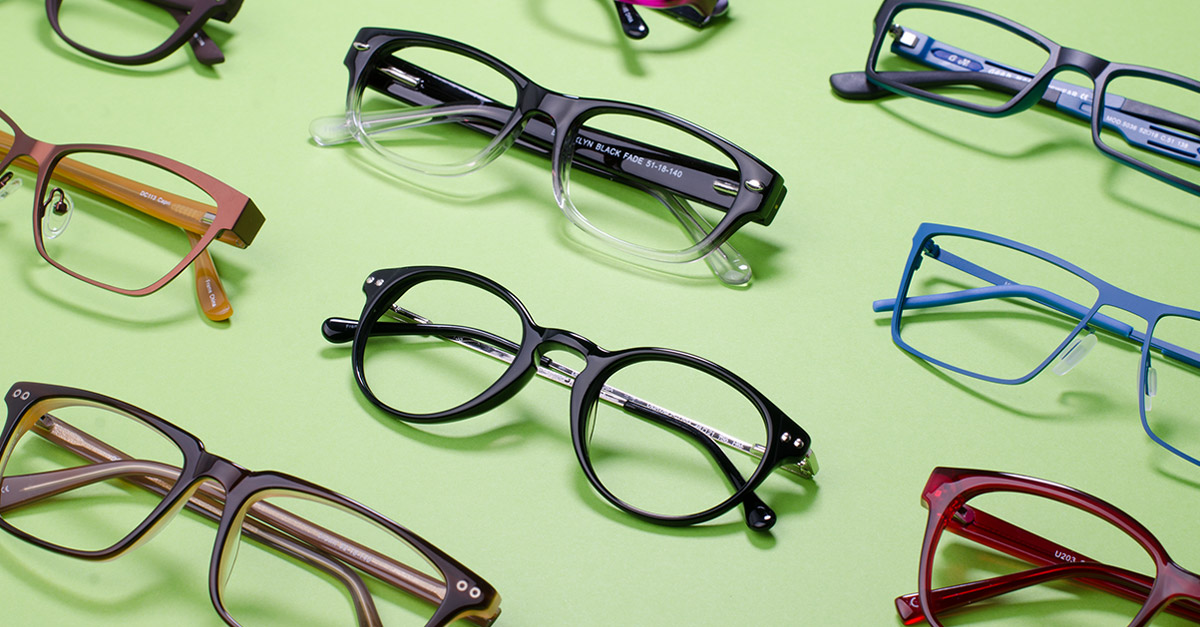The three most common lens coatings – Anti-scratch, anti-reflective and UV protection – can be applied to multifocal eyeglasses and multifocal sunglasses, just like with single-vision or even non-Rx glasses. In this article, we’ll expand on the coatings and touch on the subject of contact lenses and their compatibility with lens coatings.
Anti-Scratch
As much as you try to prevent it from happening, glasses often go through a rough & tumble existence; especially when it comes to the lenses. Dropping them on the floor, using a paper towel to clean them or just having kids around – all of these can lead to your lenses getting scratched, which can make it difficult to see through them.
Anti-scratch or scratch-resistant coating is a clear coating that’s applied to the lens, making it sturdier and more immune to scratching. No anti-scratch coating, regardless of how it’s being advertised, is 100% scratch proof. However, it does a good job of preventing day-to-day blunders and wear & tear from damaging the lens.
A bit on the technical side: The coating is a clear layer applied on both sides of the lens, usually applied via spray.
Anti-Reflective
Anti-glare or anti-reflective (AR) coating eliminates glare from the front and back of your lenses. The glare is caused by light reflecting off your lens, and the AR coating provides clearer and more comfortable vision by eliminating the glare; quite handy for computer use, nighttime driving and other activities. AR coating also makes the lens clearer, making the eyes of the wearer easier to see.
There isn’t a type of lens that doesn’t benefit from having AR coating. However, certain lenses are particularly prone to reflections, and it’s highly recommended to add AR coating to them:
- High-index lenses, which reflect more light than lower-index lenses
- Aspheric lenses. They have flatter curves, causing more reflections than regular lenses
- Their backside is prone to “bounce-back” reflections when facing away from the sun
- Photochromic lenses which darken outdoors and clear up when indoors
More and more AR coatings include an additional coating that repels water and grease from the lens, also known as a hydrophobic coating.
UV Protection
Most people associate the dangers of exposure to ultraviolet (UV) rays with skin cancer and neglect protecting their eyes from harm. Unprotected exposure to the sun’s UV rays can result in a wide range of vision-related symptoms, blurry vision the most common of them. Cataracts and macular degeneration, both eye conditions that can lead to complete vision loss, are linked UV overexposure.
While sunglasses and photochromic lenses come with 100% UV block, eyeglasses require the UV protection coating which provides the same level of safety in the sun. This is particularly true for children’s glasses, as studies have shown that half of a person’s lifetime exposure to UV occurs by the time they are 18.

Mirrored Sunglasses
Not to be confused with polarized lenses, mirrored sunglasses have a reflective coating on the outside of the lenses, giving the appearance of mirrors. The coating reduces the amount of light passing through the lens, adding another layer of protection to your eyes.
Modern reflective coatings are made out of dielectric materials or layers of metal such as titanium or chromium, although some are still made with less durable thin film.
This type of sunglasses is popular with law enforcement in the United States, resulting in the “cop shades” nickname. Due to its usefulness in more difficult weather conditions that include sand, water and snow, it’s also popular among those participating in extreme sports.
Coatings on Contact Lenses
Whether single-vision or multifocal contacts, soft contact lenses or hard contact lenses, the only coating available for contact lenses among the three major lens coatings is UV protection. There are speciality coatings to battle eye infections and even one with graphene to shield from electromagnetic interference, but compared to eyeglasses, the compatibility for standard lens coatings is vastly inferior.
